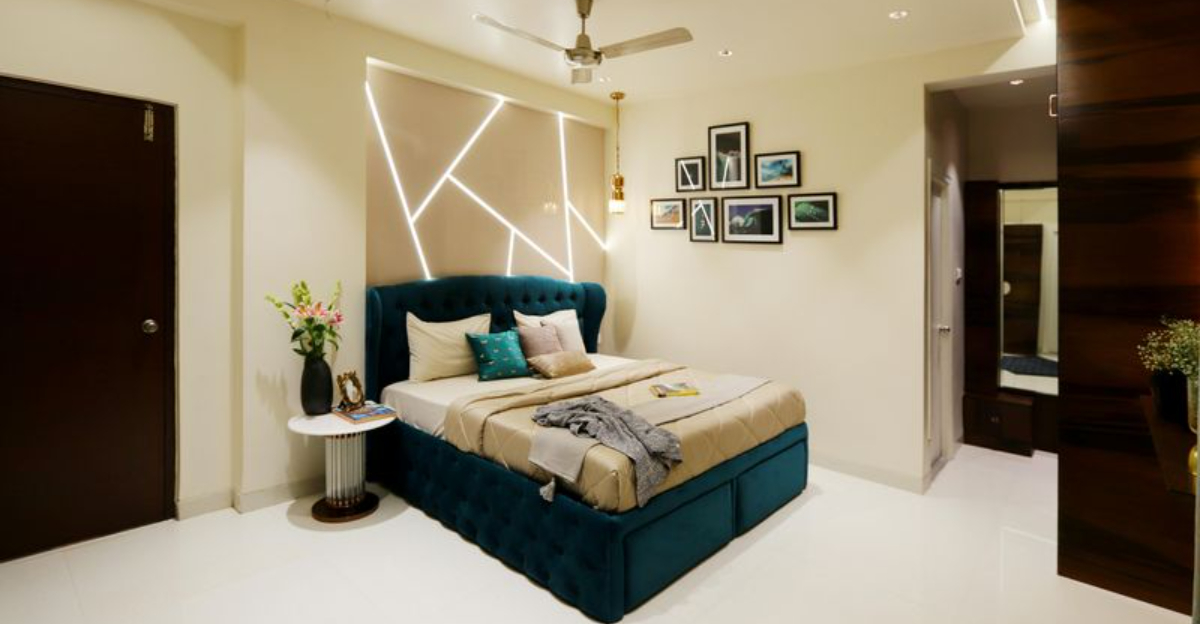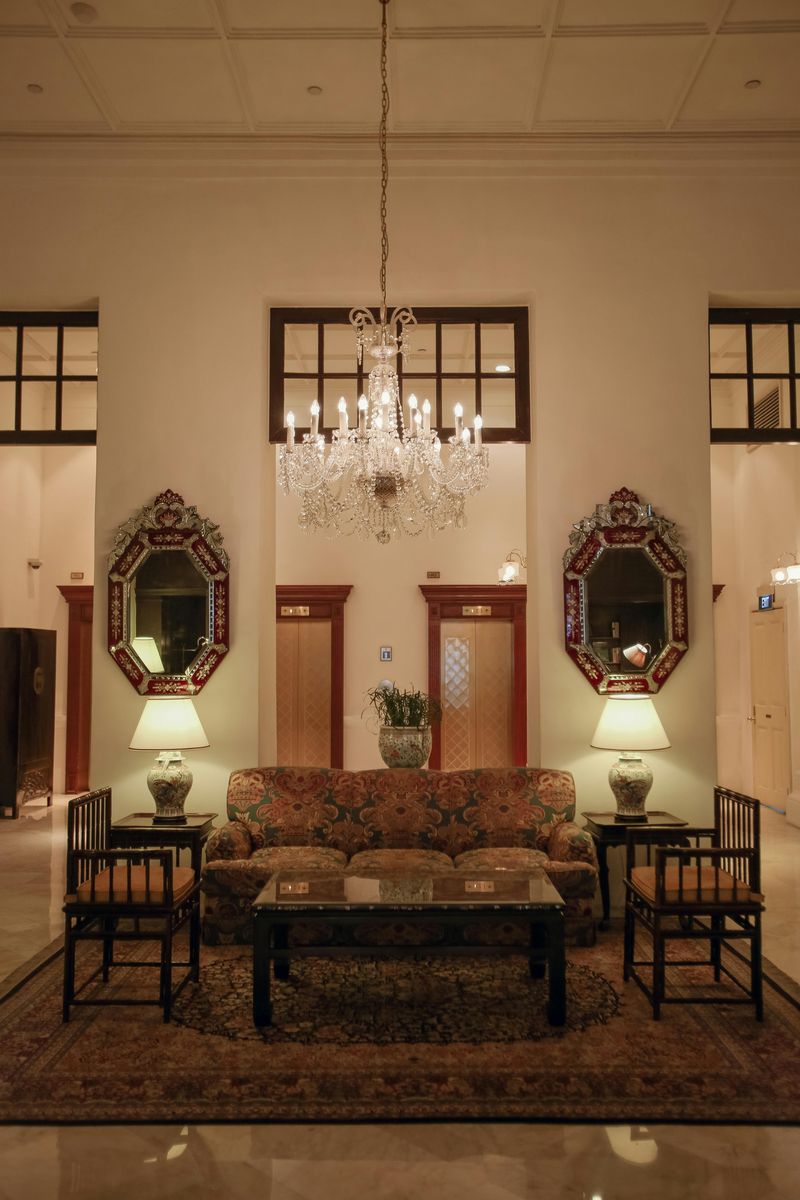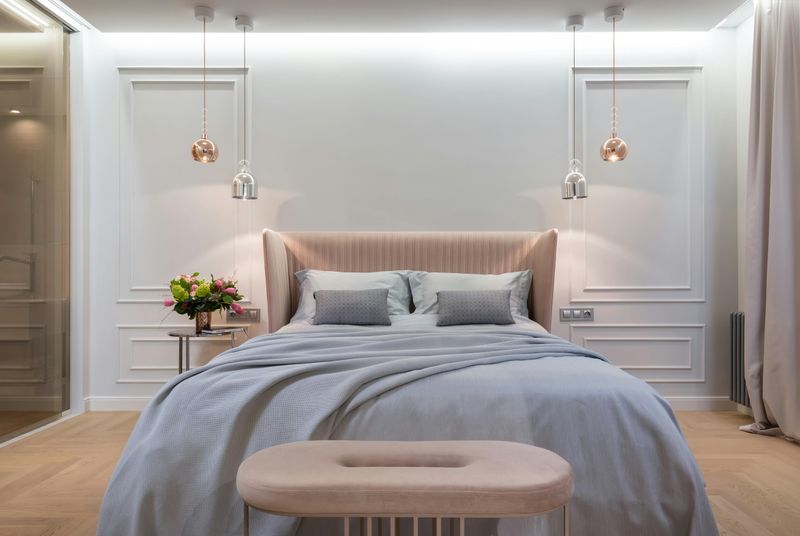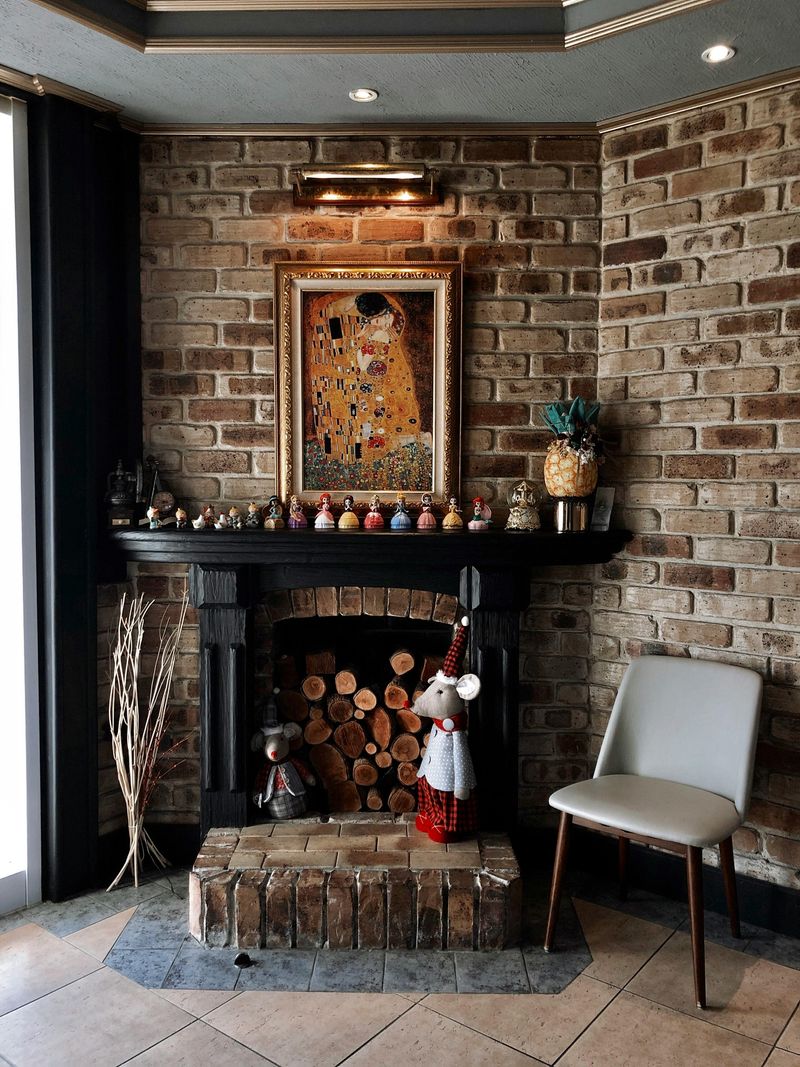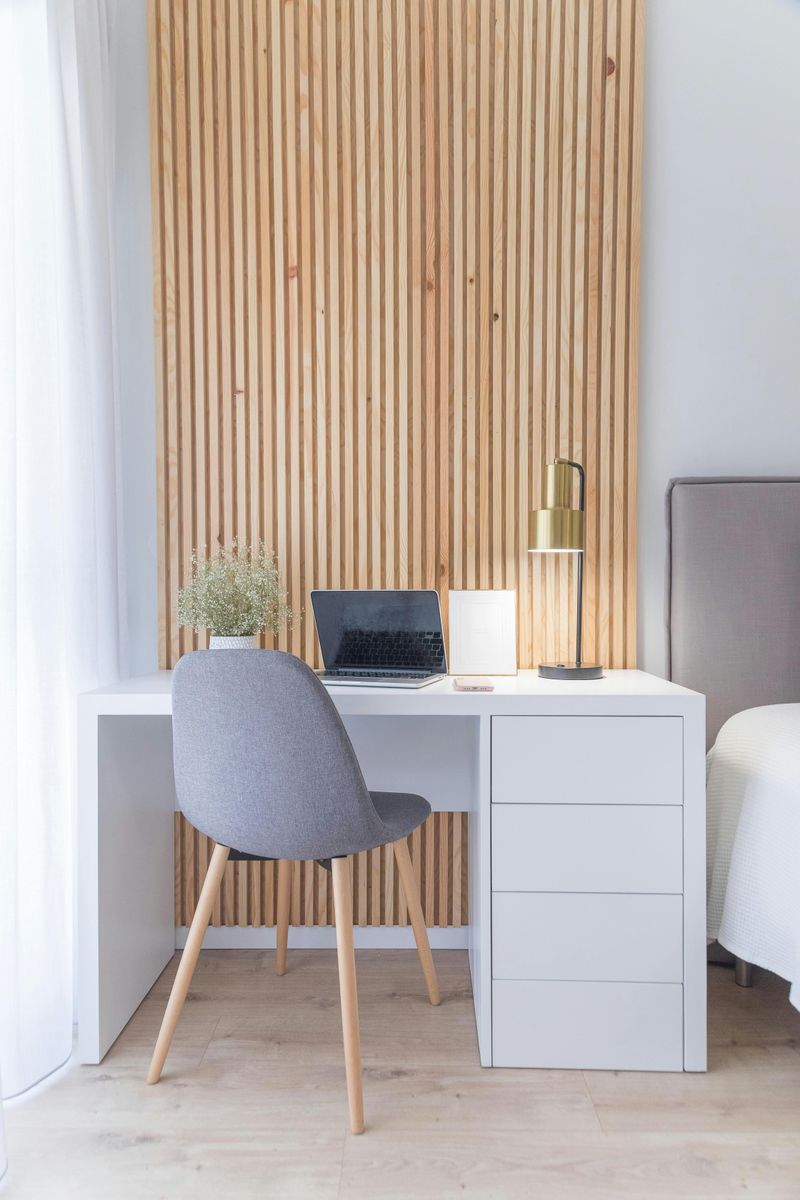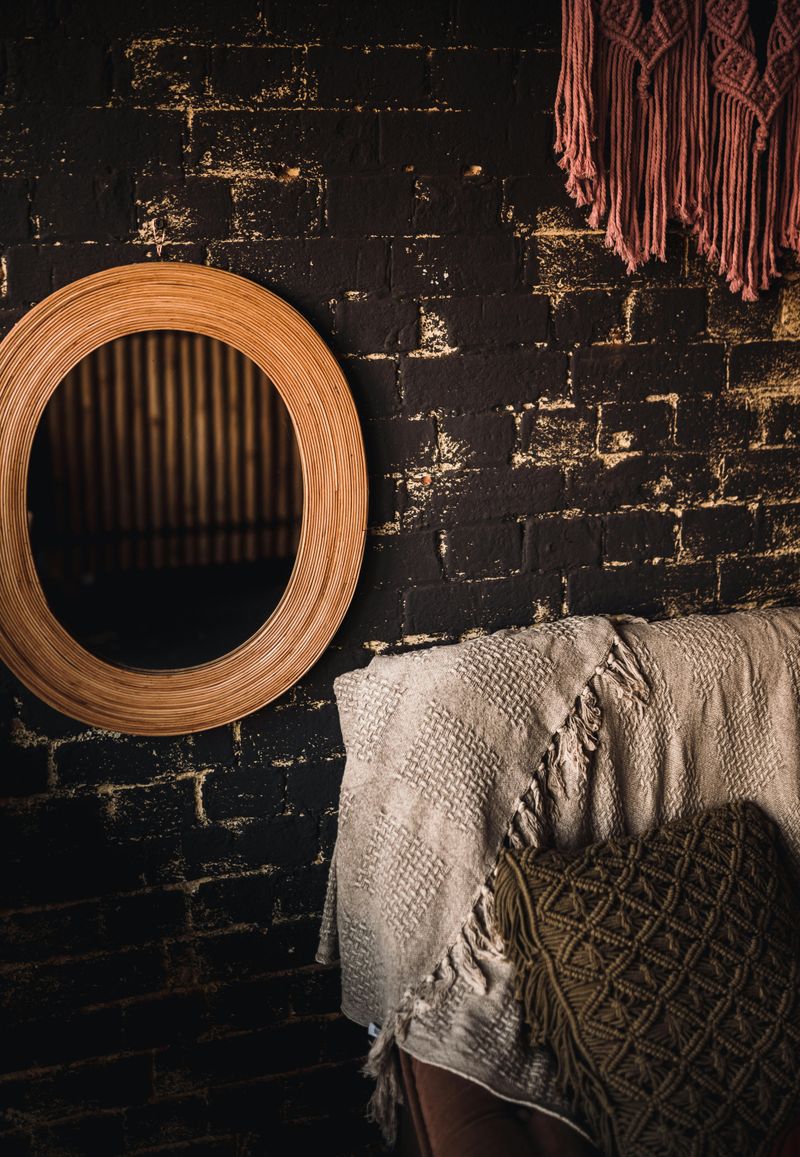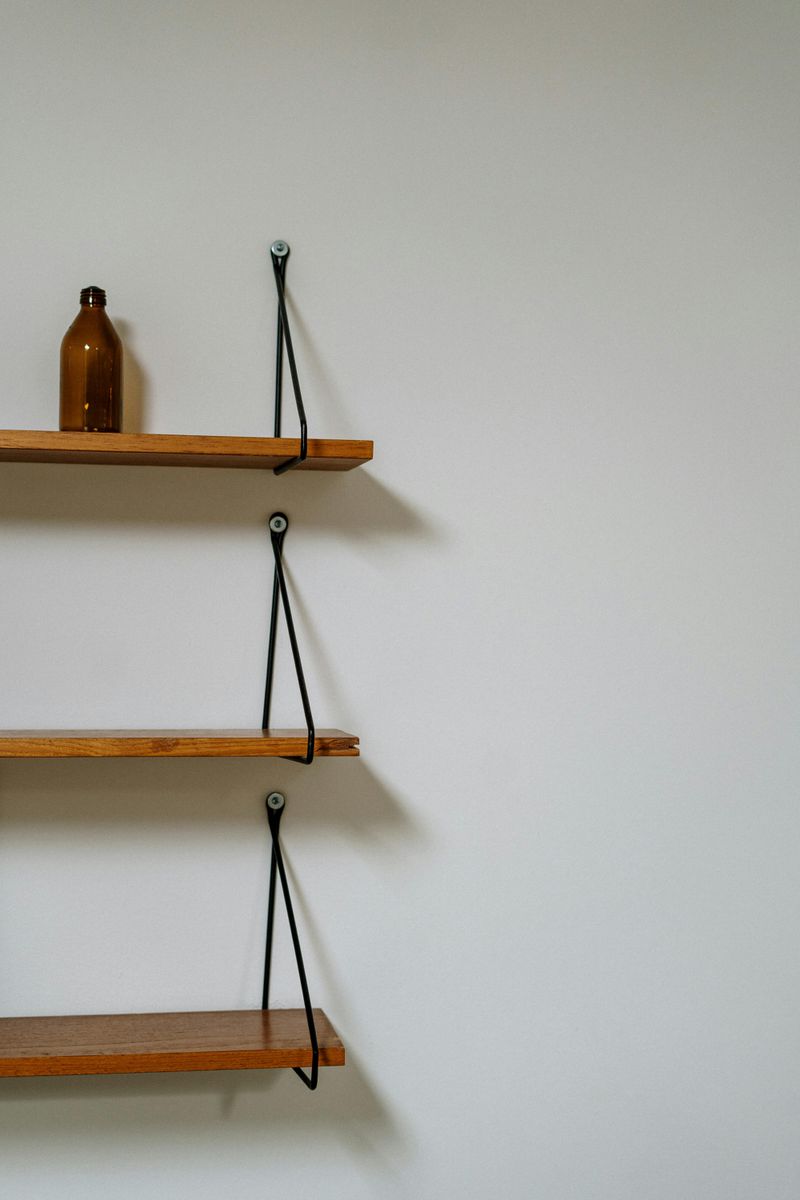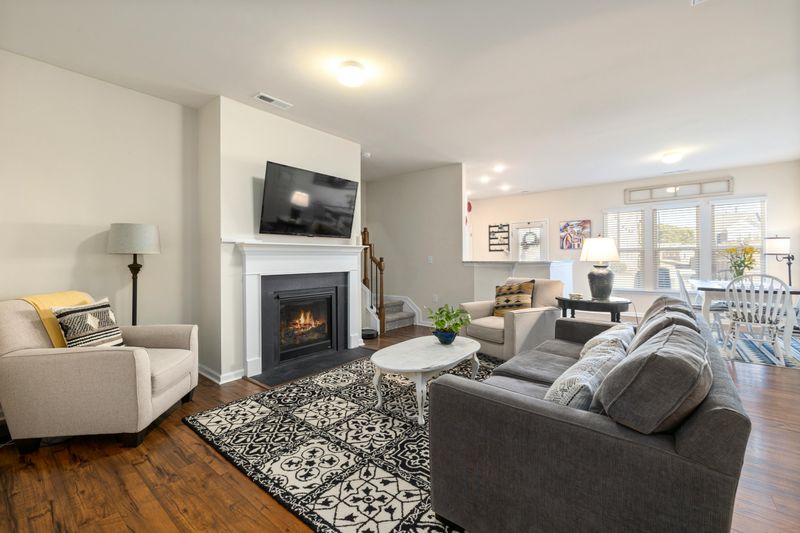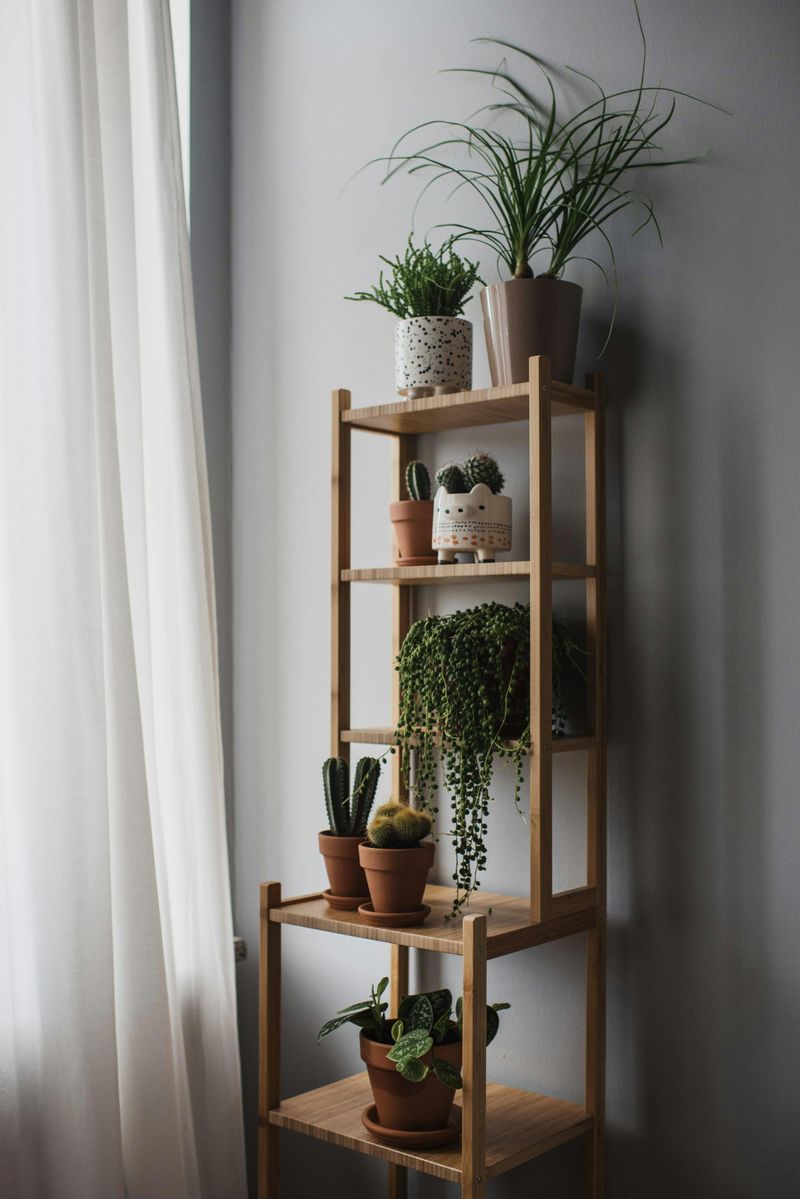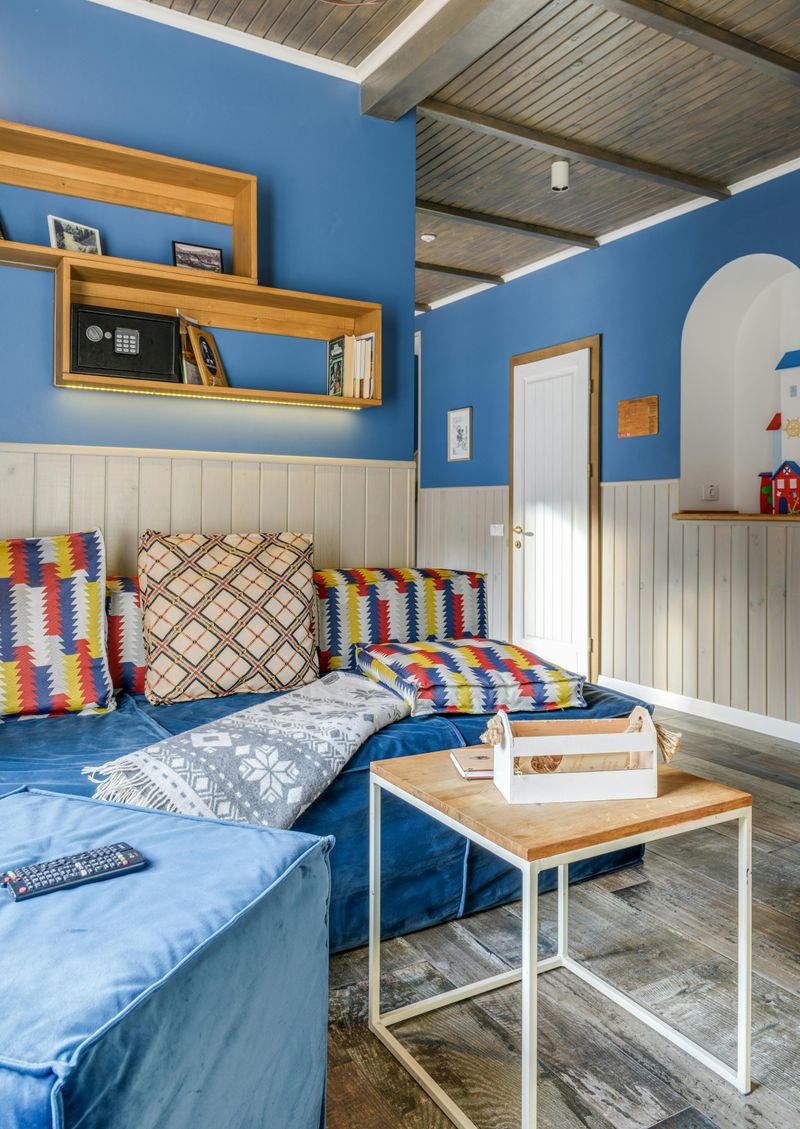Creating a beautiful home doesn’t have to be complicated or expensive. Some design principles have stood the test of time because they simply work, no matter what trends come and go. Whether you’re decorating your first apartment or refreshing a room you’ve lived in for years, these classic rules will help you create spaces that feel both stylish and comfortable.
1. Balance Your Room with Symmetry
Our eyes naturally find comfort in balanced spaces. When you arrange furniture and décor symmetrically, rooms feel calm and organized without much effort.
Try placing matching lamps on either side of your bed or sofa. Hang artwork centered over furniture pieces. This creates visual harmony that makes any space feel more pulled together.
Symmetry works especially well in formal rooms like dining areas and entryways. However, don’t stress about perfect matching—approximate balance is often enough. Even mixing similar items in complementary colors can create that pleasing sense of order your brain craves.
2. Layer Your Lighting for Warmth
Harsh overhead lighting alone can make rooms feel cold and uninviting. The secret to cozy spaces lies in having multiple light sources at different heights throughout the room.
Combine ceiling lights with table lamps, floor lamps, and even candles. This creates depth and allows you to adjust the mood for different activities. Reading needs brighter light, while relaxing calls for softer glows.
Aim for at least three light sources in every room. Position them in different corners to eliminate dark spots. Dimmer switches are bonus tools that let you control exactly how much light you need at any moment.
3. Choose a Focal Point
Every great room has one star feature that catches your eye first. Without a clear focal point, spaces can feel scattered and confusing, like a story without a main character.
Your focal point might be a fireplace, a large window with a view, an accent wall, or even a piece of artwork. Once you identify it, arrange your furniture to highlight this feature rather than compete with it.
If your room lacks a natural focal point, create one! A gallery wall, a bold piece of furniture, or an eye-catching light fixture can do the trick beautifully and give the space instant personality.
4. Respect Scale and Proportion
Furniture that’s too big makes rooms feel cramped, while pieces that are too small look lost and awkward. Getting the size right is crucial for spaces that feel just right.
Your coffee table should be about two-thirds the length of your sofa. Leave enough walking space between furniture pieces—about 18 inches works well. Hang artwork at eye level, not way up near the ceiling.
Before buying furniture, measure your room and the pieces you’re considering. Tape out dimensions on the floor to visualize how things will fit. This prevents expensive mistakes and ensures everything works together harmoniously.
5. Mix Textures for Visual Interest
Flat, one-note rooms feel boring no matter how nice the individual pieces are. Adding different textures transforms ordinary spaces into places that feel rich and inviting to both eyes and hands.
Combine smooth surfaces with rough ones. Pair a soft velvet pillow with a chunky knit throw. Place a sleek glass vase next to a rustic wooden bowl.
Texture works like seasoning in cooking—it makes everything more interesting. Even rooms with neutral color schemes come alive when you mix materials like linen, leather, metal, and wood. Your space will feel professionally designed with this simple trick that costs nothing extra.
6. Embrace Negative Space
Empty space isn’t wasted space—it’s essential breathing room that lets your favorite pieces shine. Cramming too much into a room creates visual chaos that stresses everyone out.
Leave some walls bare. Allow space between furniture groupings. Not every surface needs something sitting on it.
Think of negative space as a frame around your belongings. It draws attention to what you do display and makes rooms feel larger and more peaceful. Professional designers know that what you don’t include matters just as much as what you do. Your home should feel comfortable, not like a crowded furniture store showroom.
7. Anchor Rooms with Rugs
Floating furniture on bare floors makes rooms feel disconnected and cold. A properly sized rug pulls everything together like magic, defining spaces and adding warmth underfoot.
In living rooms, your rug should be large enough that at least the front legs of all furniture pieces sit on it. For dining rooms, make sure the rug extends beyond the chairs even when they’re pulled out.
Don’t make the mistake of choosing tiny rugs that look like bath mats. Bigger is almost always better when it comes to area rugs. They create cohesive zones that make open floor plans feel organized and intentional.
8. Add Life with Plants
Nothing breathes life into a space quite like greenery. Plants add color, texture, and actual oxygen while softening hard edges and making rooms feel more welcoming and alive.
You don’t need a green thumb to decorate with plants. Start with easy-care varieties like pothos, snake plants, or succulents. Place them at different heights—on floors, tables, and hanging from ceilings.
Even one large plant can transform a boring corner into a statement spot. Bonus: studies show that plants reduce stress and improve air quality, making your home healthier as well as prettier. They’re truly the gift that keeps giving.
9. Personalize with Meaningful Items
Magazine-perfect rooms can feel sterile and cold if they lack personal touches. Your home should tell your story, not look like a furniture showroom where nobody actually lives.
Display photos of loved ones, souvenirs from travels, or collections you’ve gathered over time. These items spark conversations and make guests feel welcome while reminding you of happy memories.
Mix personal treasures with decorative items for balance. A shelf with only family photos might feel cluttered, but blending them with books, plants, and pretty objects creates an interesting, lived-in look. Your personality makes your house uniquely yours.
10. Stick to a Color Palette
Rooms with too many competing colors feel chaotic and exhausting. Choosing a consistent color palette creates harmony that makes spaces feel intentional and professionally designed.
Pick three to five colors that work well together and repeat them throughout the room. This doesn’t mean everything matches perfectly—varied shades and patterns are great as long as they share common colors.
Your palette might include neutral walls with pops of two accent colors in pillows, artwork, and accessories. Or go bold with colorful walls balanced by neutral furniture. Either way, color repetition ties everything together beautifully and makes decorating decisions much easier going forward.
